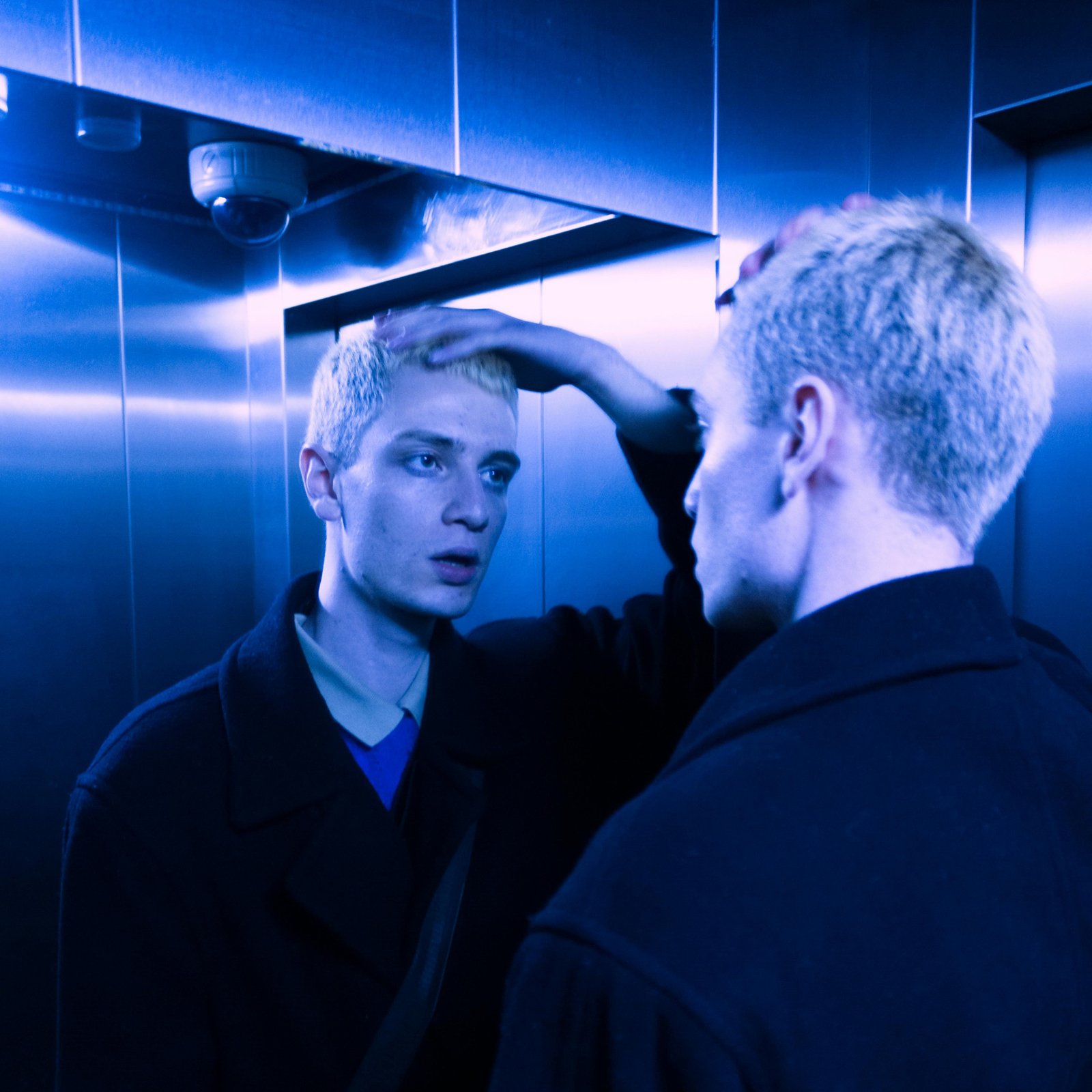Bipolar Spectrum Disorders
Bipolar Spectrum Disorders (BSD) encompass a range of mood disorders characterized by significant mood swings, including manic or hypomanic episodes (periods of elevated mood, energy, and activity) and depressive episodes (periods of low mood and energy). The spectrum includes several distinct types, each varying in the severity, duration, and pattern of mood episodes.
Click to Schedule an Appointment
UNDERSTANDING Bipolar Spectrum Disorders
A Comprehensive Guide
The exact causes of bipolar spectrum disorders are not fully understood, but they likely involve a combination of genetic, biological, and environmental factors.
What is
Bipolar Spectrum Disorders?
Bipolar spectrum disorders are complex and require comprehensive management. Early diagnosis and a combination of medical treatment, psychotherapy, and lifestyle adjustments can help individuals manage symptoms and improve their quality of life. Regular follow-up and support are crucial for long-term stability and well-being.
causes of
Bipolar Spectrum Disorders
Bipolar spectrum disorders are complex conditions with no single cause. Instead, they result from a combination of genetic, biological, environmental, and psychological factors. Understanding these contributing factors helps in developing comprehensive treatment plans and preventive strategies to manage and mitigate the impact of the disorder.

TYPES OF
Bipolar Spectrum Disorders
There are several different types of Bipolar Spectrum Disorders, each with its own set of symptoms and characteristics. Some of the most common types of Bipolar Spectrum Disorders include:
Bipolar I Disorder
Manic Episodes: Periods of abnormally elevated mood, energy, and activity lasting at least seven days or requiring hospitalization. Symptoms may include inflated self-esteem, decreased need for sleep, increased talkativeness, racing thoughts, distractibility, and engagement in high-risk activities. Depressive Episodes: Periods of low mood, energy, and activity lasting at least two weeks. Mixed Episodes: Features of both mania and depression occurring nearly every day for at least a week.
Bipolar II Disorder
Hypomanic Episodes: Similar to manic episodes but less severe and not causing significant impairment or requiring hospitalization. Lasts at least four days. Depressive Episodes: Same criteria as in Bipolar I Disorder, with significant impairment in functioning. No Full Manic Episodes: Distinguishing it from Bipolar I Disorder.
Cyclothymic Disorder (Cyclothymia)
Hypomanic Symptoms: Periods of elevated mood and increased activity that are not as severe as hypomanic episodes. Depressive Symptoms: Periods of low mood and reduced activity that do not meet the full criteria for major depressive episodes. Duration: Symptoms persist for at least two years (one year in children and adolescents), with symptoms present for at least half the time and no symptom-free periods longer than two months.
Other Specified and Unspecified Bipolar and Related Disorders
These categories include bipolar-like mood disorders that do not fit the criteria for Bipolar I, Bipolar II, or Cyclothymic Disorder but still involve significant mood dysregulation.









